The Vivo Y75s is a mid-range smartphone that aims to strike a balance between performance, design, and affordability. As a device that sits comfortably in Vivo's Y-series lineup, it offers a blend of features that cater to everyday users who prioritize a smooth experience without breaking the bank. Let’s dive into what makes this phone stand out—or fall short—in a crowded market.
At first glance, the Vivo Y75s boasts a sleek and modern design. The device features a glossy plastic back with a gradient finish that catches the light elegantly, giving it a more premium look than its price tag might suggest. The rear panel houses a triple-camera setup, neatly arranged in a rectangular module, and a fingerprint sensor positioned for easy access. The front is dominated by a 6.44-inch AMOLED display with a waterdrop notch, which provides vibrant colors and deep blacks, typical of AMOLED technology. While the resolution is limited to 1080 x 2400 pixels, the screen is sharp enough for most tasks, from browsing social media to watching videos.
Under the hood, the Vivo Y75s is powered by the MediaTek Helio G96 chipset, paired with 8GB of RAM. This combination ensures decent performance for day-to-day tasks, such as multitasking between apps or running light games. However, it’s worth noting that the Helio G96 isn’t the most powerful processor in its class, and users who demand heavy gaming or intensive applications might find it lacking. Storage comes at 128GB, which should be sufficient for most users, though the absence of a microSD slot might be a drawback for those who need expandable storage.
One of the standout features of the Vivo Y75s is its camera system. The triple-camera setup includes a 64MP primary sensor, an 8MP ultra-wide lens, and a 2MP macro lens. In well-lit conditions, the primary sensor captures detailed and vibrant photos, while the ultra-wide lens offers a broader perspective for landscapes or group shots. The macro lens, however, feels like more of an afterthought, producing mediocre results. Low-light performance is average, with the phone struggling to maintain detail and reduce noise in darker environments. The 16MP front-facing camera does a decent job for selfies, though it tends to over-smooth skin in beauty mode.
Battery life is another area where the Vivo Y75s shines. The 4,050mAh battery, combined with the power-efficient AMOLED display, ensures that the phone can easily last a full day of moderate to heavy use. When it’s time to recharge, the 44W fast charging support is a welcome feature, topping up the battery from zero to 70% in just under 30 minutes. This is particularly useful for users who are always on the go and need a quick power boost.
On the software front, the phone runs on Funtouch OS 12, based on Android 11. While the interface is clean and intuitive, the outdated Android version might be a dealbreaker for some, especially considering that many competitors have already moved to Android 12 or 13. Vivo’s skin does offer some useful customization options, but it also comes with a fair amount of bloatware, which can be annoying for users who prefer a cleaner experience.
Connectivity options on the Vivo Y75s include 4G LTE, Wi-Fi 5, Bluetooth 5.1, and a USB-C port for charging and data transfer. The lack of 5G support is disappointing, especially as more mid-range devices begin to adopt the technology. However, for users in regions where 5G isn’t yet widespread, this might not be a significant drawback.
Here’s a detailed look at the Vivo Y75s specifications:
Display: 6.44-inch AMOLED, 1080 x 2400 pixels, 60Hz refresh rate
Processor: MediaTek Helio G96
RAM: 8GB
Storage: 128GB (non-expandable)
Rear Cameras: 64MP primary, 8MP ultra-wide, 2MP macro
Front Camera: 16MP
Battery: 4,050mAh with 44W fast charging
Operating System: Funtouch OS 12 (Android 11)
Connectivity: 4G LTE, Wi-Fi 5, Bluetooth 5.1, USB-C
Dimensions: 160.9 x 74.3 x 7.8 mm
Weight: 175g
In conclusion, the Vivo Y75s is a solid mid-range option for users who prioritize a good display, reliable battery life, and decent camera performance. Its sleek design and fast charging capabilities add to its appeal, though the lack of 5G and an outdated Android version might deter some buyers. If you’re looking for a budget-friendly device that handles everyday tasks with ease, the Y75s is worth considering. However, power users or gamers might want to explore other options with more robust hardware.

By /Jun 4, 2025

By /Jun 4, 2025
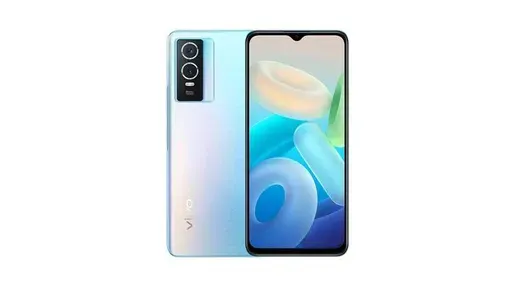
By /Jun 4, 2025
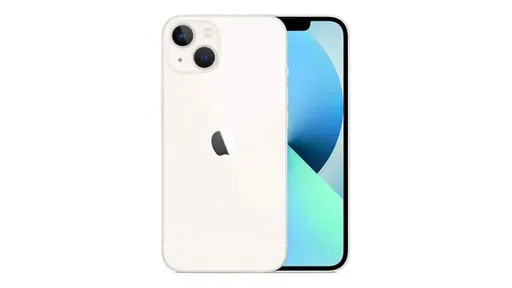
By /Jun 4, 2025

By /Jun 4, 2025
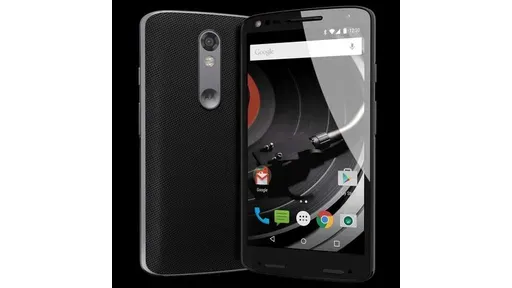
By /Jun 4, 2025
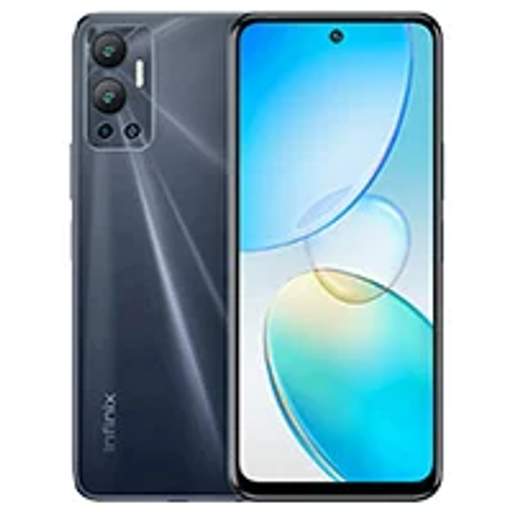
By /Jun 4, 2025
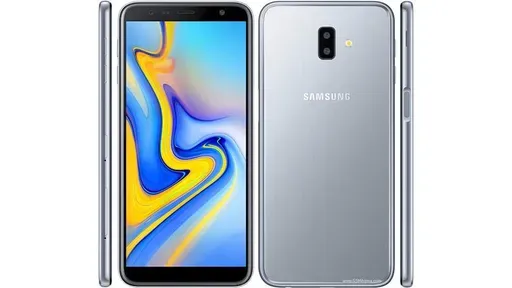
By /Jun 4, 2025
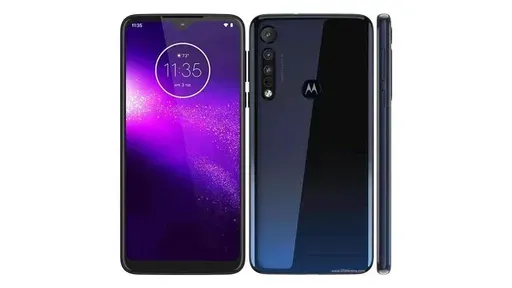
By /Jun 4, 2025
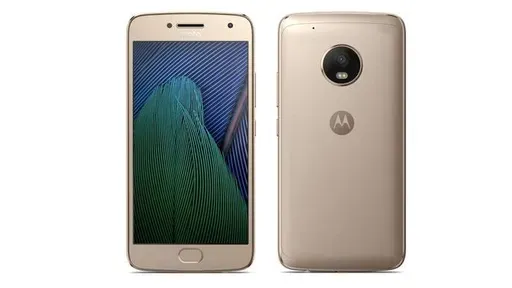
By /Jun 4, 2025
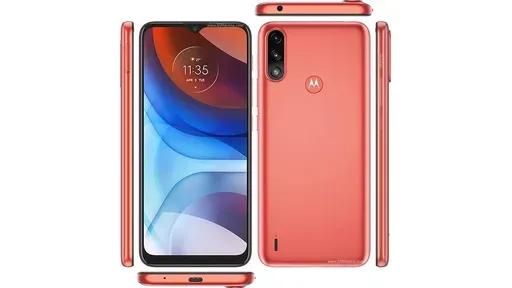
By /Jun 4, 2025
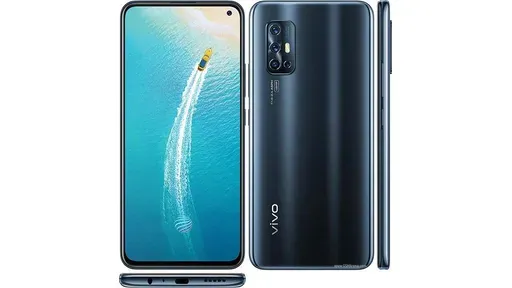
By /Jun 4, 2025
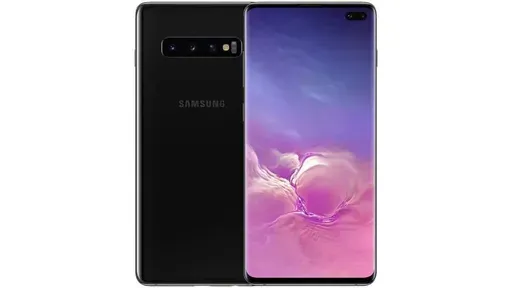
By /Jun 4, 2025
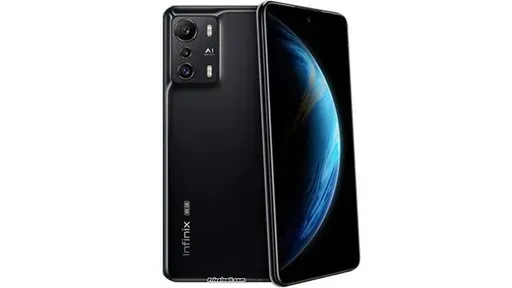
By /Jun 4, 2025

By /Jun 4, 2025
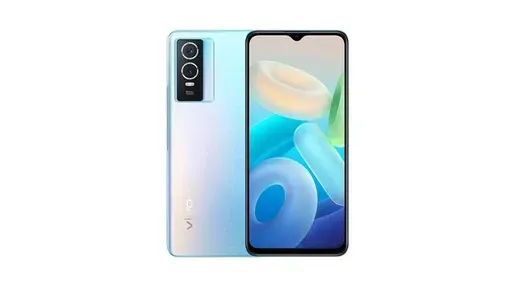
By /Jun 4, 2025
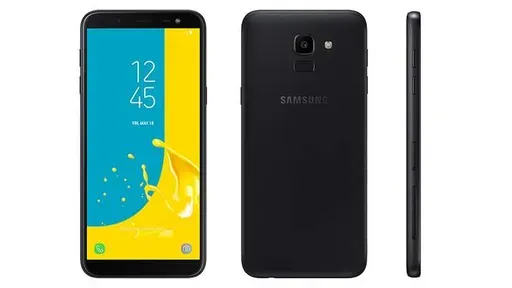
By /Jun 4, 2025
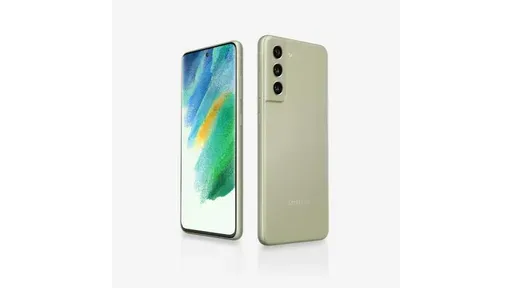
By /Jun 4, 2025

By /Jun 4, 2025
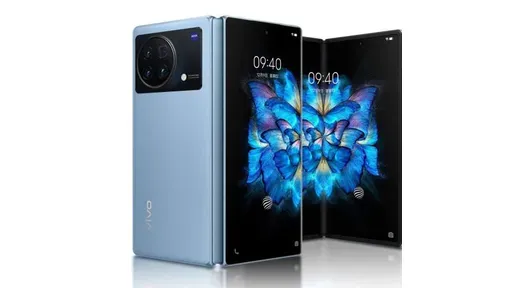
By /Jun 4, 2025

By /Jun 4, 2025
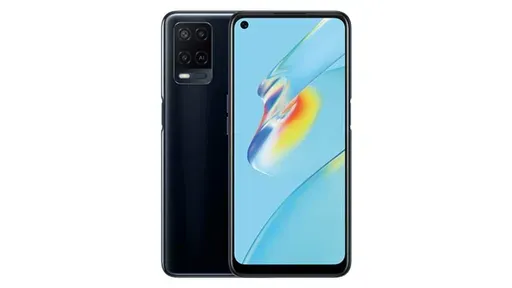
By /Jun 4, 2025
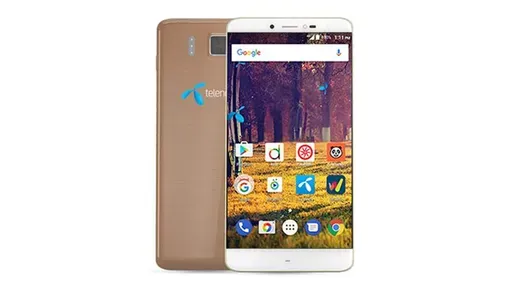
By /Jun 4, 2025

By /Jun 4, 2025
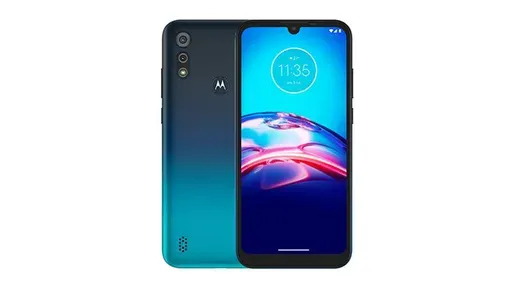
By /Jun 4, 2025
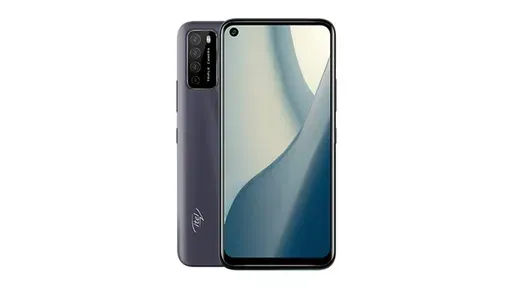
By /Jun 4, 2025

By /Jun 4, 2025
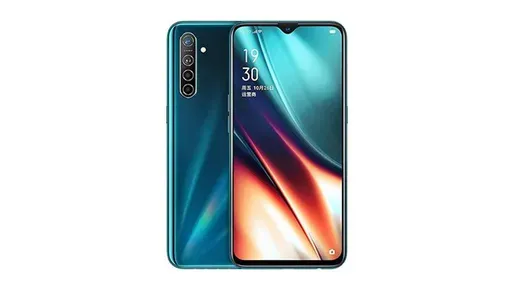
By /Jun 4, 2025
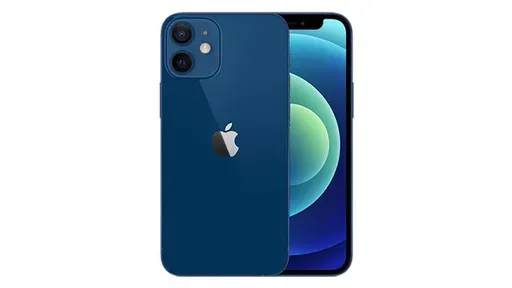
By /Jun 4, 2025

By /Jun 4, 2025
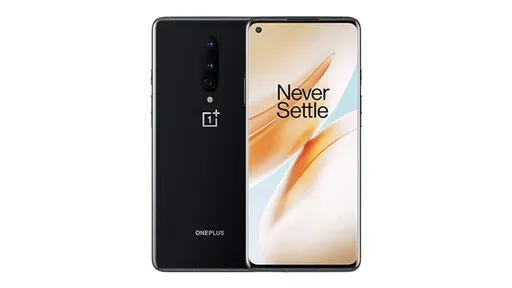
By /Jun 4, 2025
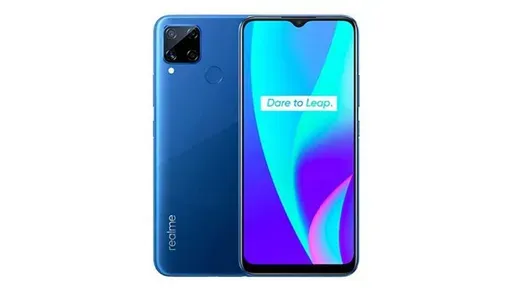
By /Jun 4, 2025

By /Jun 4, 2025
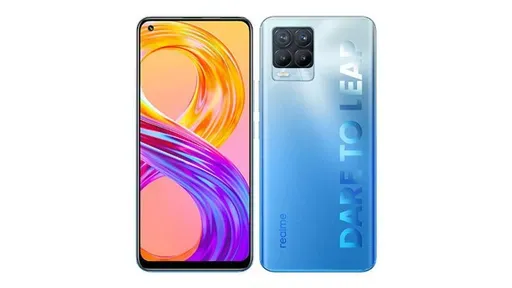
By /Jun 4, 2025
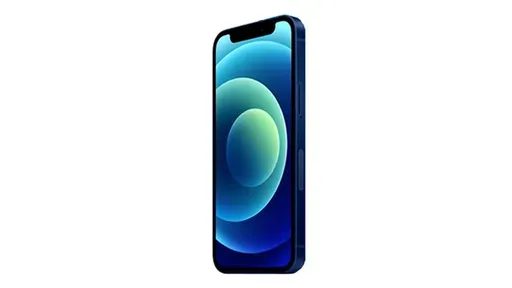
By /Jun 4, 2025